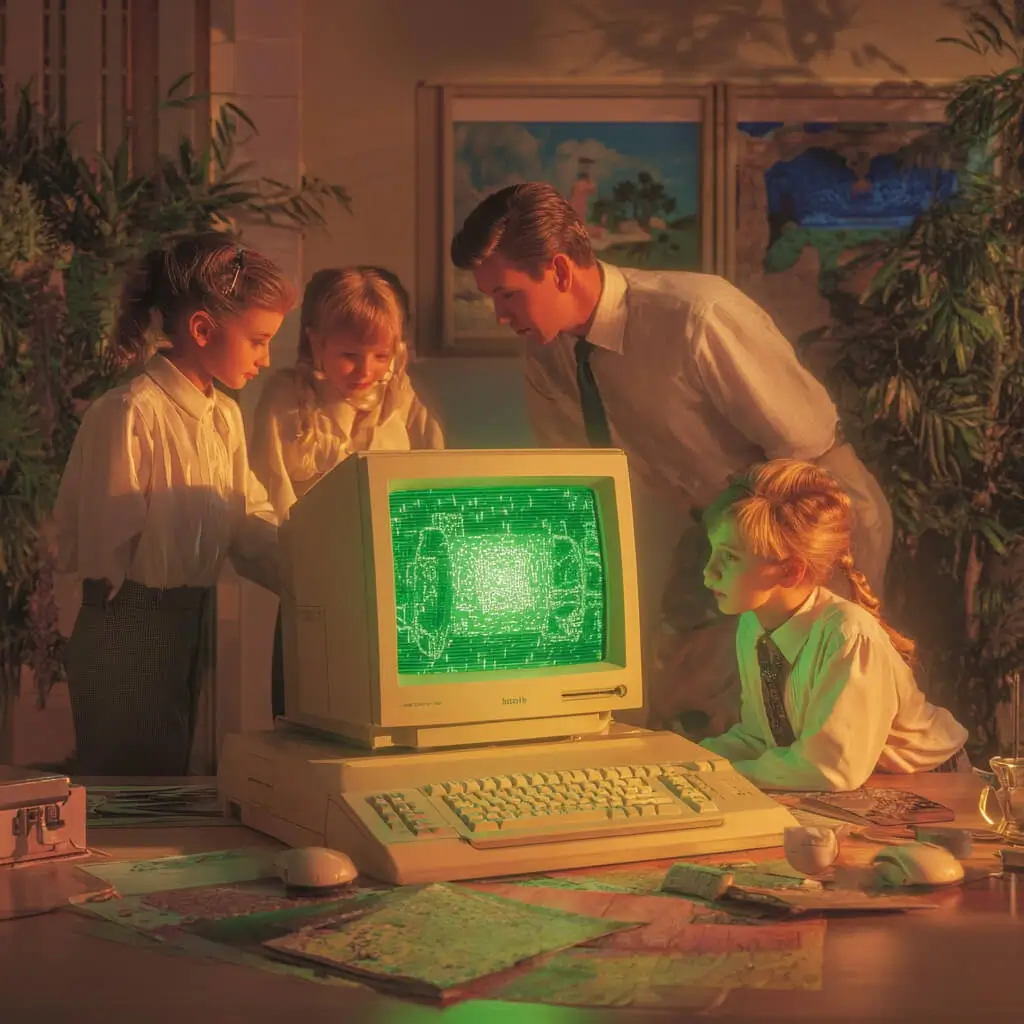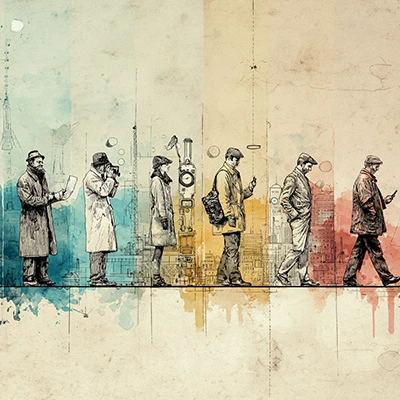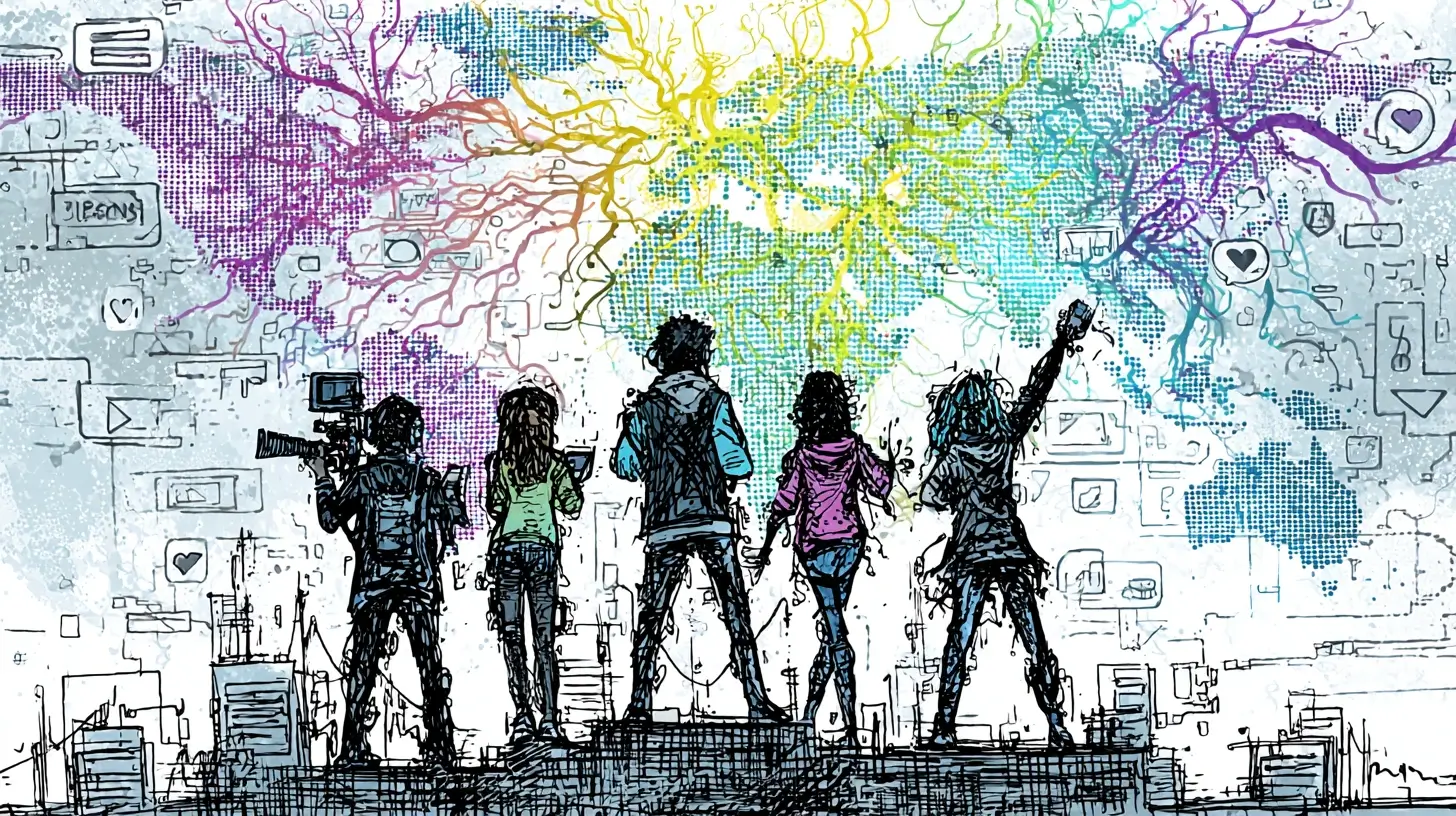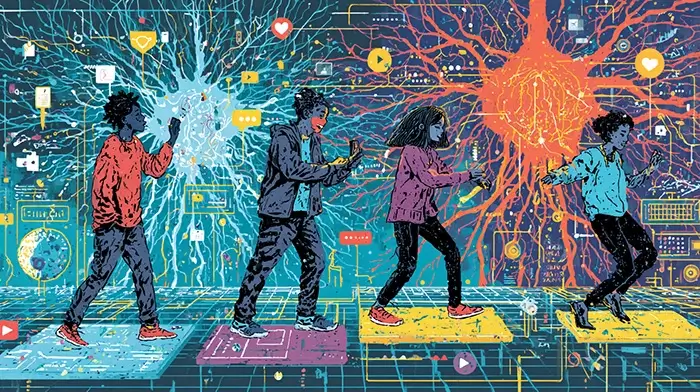📡 The Digital Revolution and the Transformation of Lives

The way we connect with each other has undergone a dramatic transformation over the past few decades. What once required physical presence or handwritten letters has now been taken over by digital platforms that allow instant communication across the globe. As technology continues to break through traditional barriers, we find ourselves living in an era where distance has become virtually irrelevant in human interaction. The evolution from simple telephone calls to sophisticated digital ecosystems has fundamentally altered how we share information, maintain relationships, and conduct business.
The internet's emergence brought about the most significant shift in human communication since the invention of the printing press. Early pioneers worked tirelessly to set up the foundational infrastructure that would eventually link up computers worldwide. When the World Wide Web was first introduced, few could have predicted how it would catch on with the general public.
The initial skepticism quickly wore off as people began to pick up the potential for instant global communication. Universities and research institutions were among the first to sign up for internet access, recognizing its potential to speed up research collaboration and information sharing.






